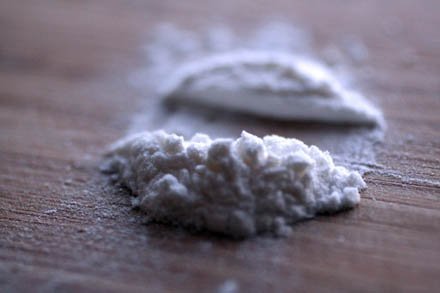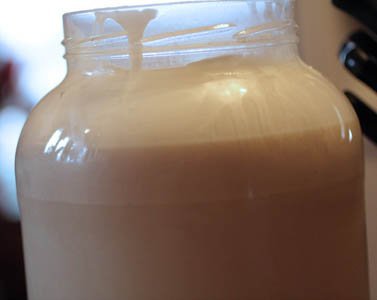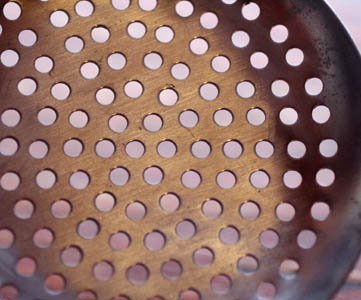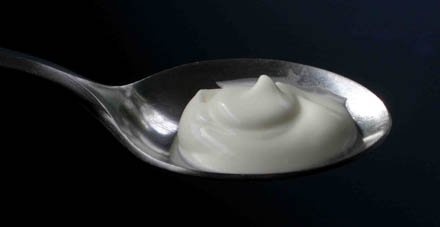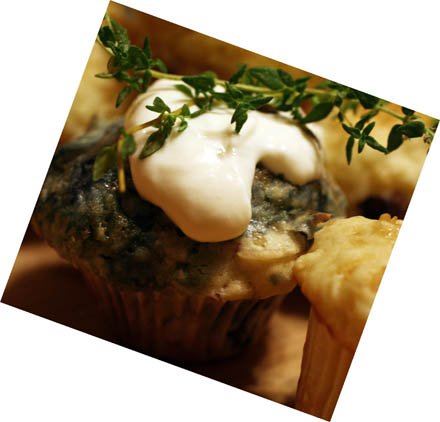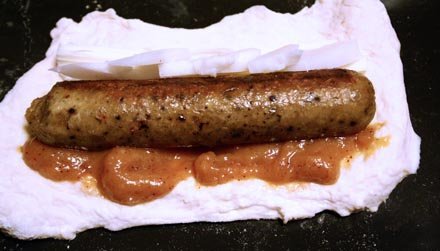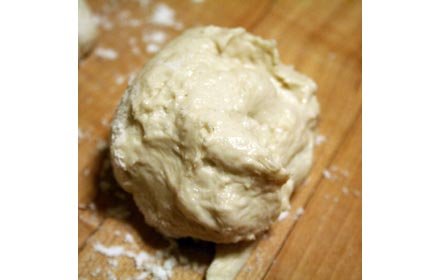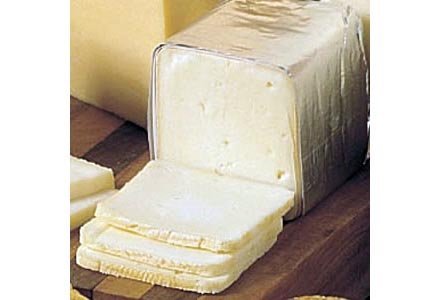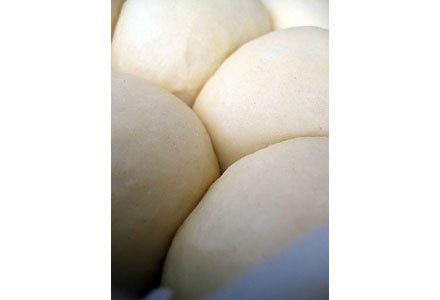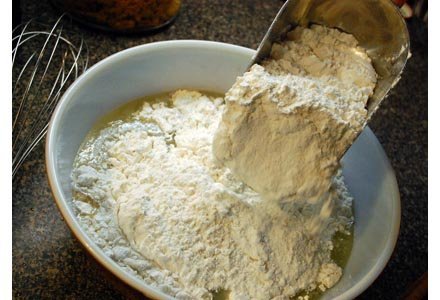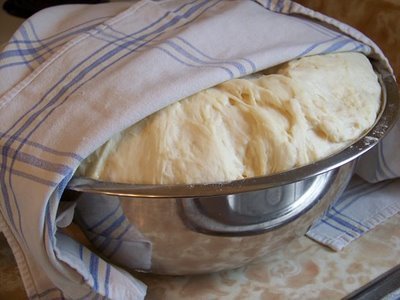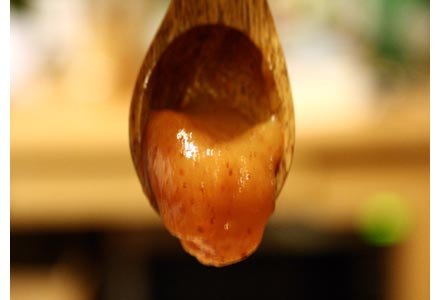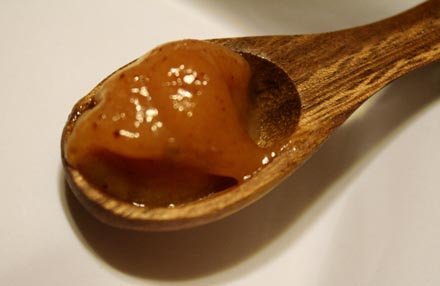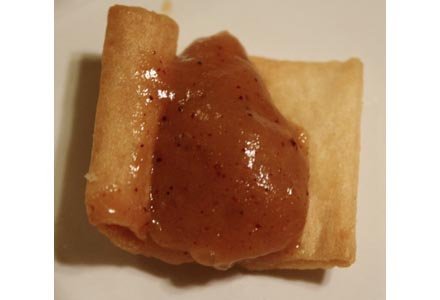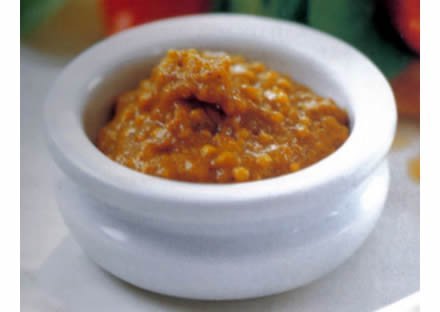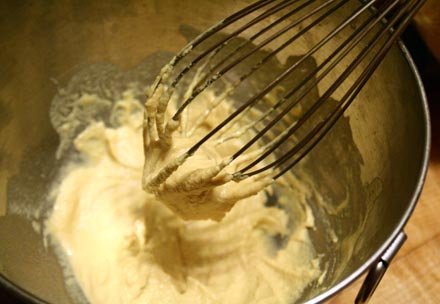This looks all wrong, I know.
I mean, where are the beans, right? Oh, to bean or not to bean? It has become a very complex question. Do you suppose that bean is a metaphor?
I hope I haven’t lost you forever. So very much has happened while I’ve been away, of course it has, for you and for me. The fresh bocquerones and hot tortilla de patatas under the up-lit shadow of Gaudi’s magnificent Casa Mila have changed me forever. Likewise, those last droplets of lime gelato spooned up within spray-shot of the Trevi Fountain, and the Limoncello and still-warm goat’s- milk mozzarella nibbled under olive-laden trees in Sorrento. Then there was the clotted cream smeared onto lemon scones under the wing of Brecon Castle in Wales (don’t tell my wife we did this, my uncle-in-law whispered to Simon and me as we swallowed the last morsels). The pub crawl, that changed me too. Like the Eskimos and their snow, the Brits have a diverse lexicon that revolves around what happens in pubs in the hours just before the sun comes up. At 4 a.m., in the 400-year-old Ye Olde White Lion pub in Congleton, over the final sips of a 4-Horns Exmoor Golden Ale, I saw a guy get bottled. At the moment that skull shattered glass, the warm beer slid down my raw throat, pulsing and burning in time to the raucous cheering. Surely though, it was more surreal for me than for the man who got smashed - he appeared to be rather accustomed to it.
And then there was Reblochon in Cannes. Oh Reblochon, thy name is as smooth and dreamy as thy mouthfeel. There is nothing – nothing at all — like it in the States. Reblochon has ruined my expectations for cheese forever.
And of course there were the many magnificent things we did and saw and said and suffered and savored, so many, that had nothing to do with food. I won’t tell you all about it right now. I’ve got a lot of making up to do.
Did I mention that I’ve gotten married? But I’m keeping my name: Becky and the Beanstock.
Right, then. So what will we be doing here now? Not terribly long ago, Mark Bittman asked his readers to think about why they cook. Bloggers all over the world answered the question, and some of the answers were insightful and surprising (I’ve only been half away. I’m still reading what you’re up to). Naturally, every last answer was about the food — the tastes, the sharing of meals, the scents that rose up, the celebration, even the pursuit.
Me? I cook so that I write. All the inspiration I need bubbles to life in the kitchen and leaks its way to some canvas or other. For me, cooking is the surest path to writing.
Writing, on the other hand, is the surest way to get everything else done. It’s always this tug and push, creatively speaking, and I think it’s safe to say that this is the case for all creative reaching. So be patient with me. If it were just about the food it would be easy.
You’ll probably be seeing a lot of Pastor-ized cheese here – made with unpasteurized milk, of course. (“Pastor” is my last name, in case you didn’t realize. I’m keeping that too). Over the last year I’ve been dabbling in home-crafted cheese – mozz and ricotta, sure, but also feta, cheddar, even brie and Stilton. Yes, you’ve got me. I’m inching my way toward Reblochon. But it’s more than making what I cannot find in the store: these ancient preservation rituals, discovered by accident, feel somehow like rare accomplishments when carried out against the backdrop of modern life. And that’s the point I’m getting to.
Foodists are the new conservationists. And I guess in that way, the common thread here has never changed. I offer this site, then, as an open love letter — told in a series of food parables — to tradition, to the natural world, and to the private rituals and the shared celebrations we use to conserve the great diversity of food that shapes our social, cultural and emotional identity. If I could write it all by hand for you onto tattered notebook linen, I would. And if I could explain it any better, I’d do that too, but it’s time to quit talking and just jump back in.
So let’s save what we love, shall we? To the kitchen then.
Cultured and Refined: Creme Fraiche the French Way
In a past post, I talked about making crème fraiche with cream and buttermilk. It’s simple enough, and the result is satisfying. But it’s just as easy to make it using cheese culture, and what this gives you — a sweet, pleasantly sour, mildly tangy and well-structured cream that holds its shape on a spoon – is well worth tracking down the culture.
Anyway, that’s easy too, now that the internet has brought the world’s spice trading markets to our home kitchens. Online I get my cheese making supplies from Steve Shapson, the Gourmet Cheesehead himself, but there are many other places too. At home, I get supplies from our local goat keeper. No matter where you are, I won’t be surprised if you have a local goatherd too that will sell you some citric acid and a sprinkle of lipase. Ask around.
If you’re going to make cheese at home, you’ll have to have some patience, and crème fraiche is a fine place to start. If you’re like me, you’ll want to take the lid off and look inside the jar where the crème fraiche is gently ripening. It’s better if you don’t. I find that when I can restrain myself, the finished cream is better balanced. It’s a hard thing to describe, but I’ll guess that it’s because the temperature stays more constant and the crème remains undisturbed during its transformation.
A word on dairy cultures. When you buy them from a reputable source, you can trust that they’ve been handled properly, which ensures both their vigor and their strain. This is important because cultures all look pretty much the same (see the first photo in this post, for an example), but blue cheese culture doesn’t work well, say, in cheddar. In cheese making, culture is used to gently acidify the milk by turning sugar into lactic acid (breaking the acids down into smaller and smaller particles as a cheese ages, which increases flavor). There are many varieties of culture, and the one you use will largely determine the flavor of your cheese – or crème fraiche, or yogurt. You can store them, frozen, for two years.
Homemade Crème Fraiche:
This, of course, is not a made-up-at-home recipe. No, I believe this one was invented in the early 1700s, and most recently transcribed by Ricki Carroll in her incredibly useful book, Home Cheese Making.
Ingredients:
1 quart *unpasteurized cream or half and half
1 packet crème fraiche starter culture
*the quality of the milk you use is very important. In unpasteurized milk, the live active cultures needed for curdling have not been sterilized out of the milk. I’ll get more into this when we try our hand at cheese, but for now, if you can’t get un then you can make do with lightly pasteurized.
In a stainless steel pot, slowly heat cream to 86 degrees. Sprinkle the starter on the top of the cream, let it sit for a minute to rehydrate, then stir it in with an up and down motion, stirring for about 1 minute.
Transfer mixture to a glass jar with a lid. Place lid on jar and allow cream to sit at a warm room temperature, about 72 degrees, for 12 hours or until thickened. It is now ready to use and will keep for a week in the refrigerator.
And you’re going to need some really good crème fraiche next time, when we make these:

